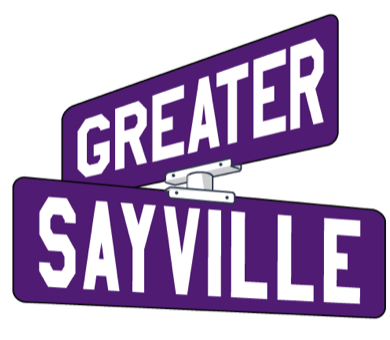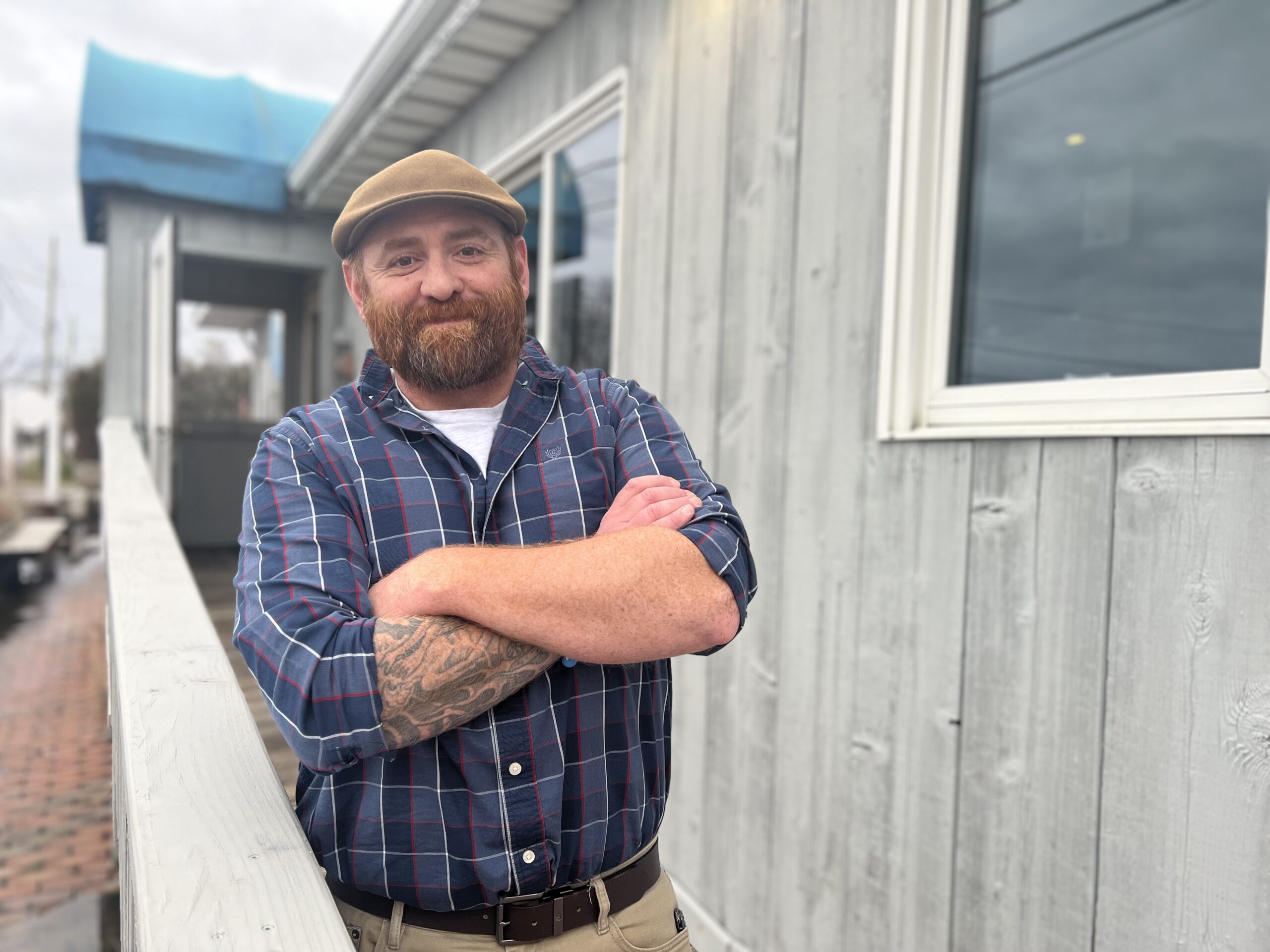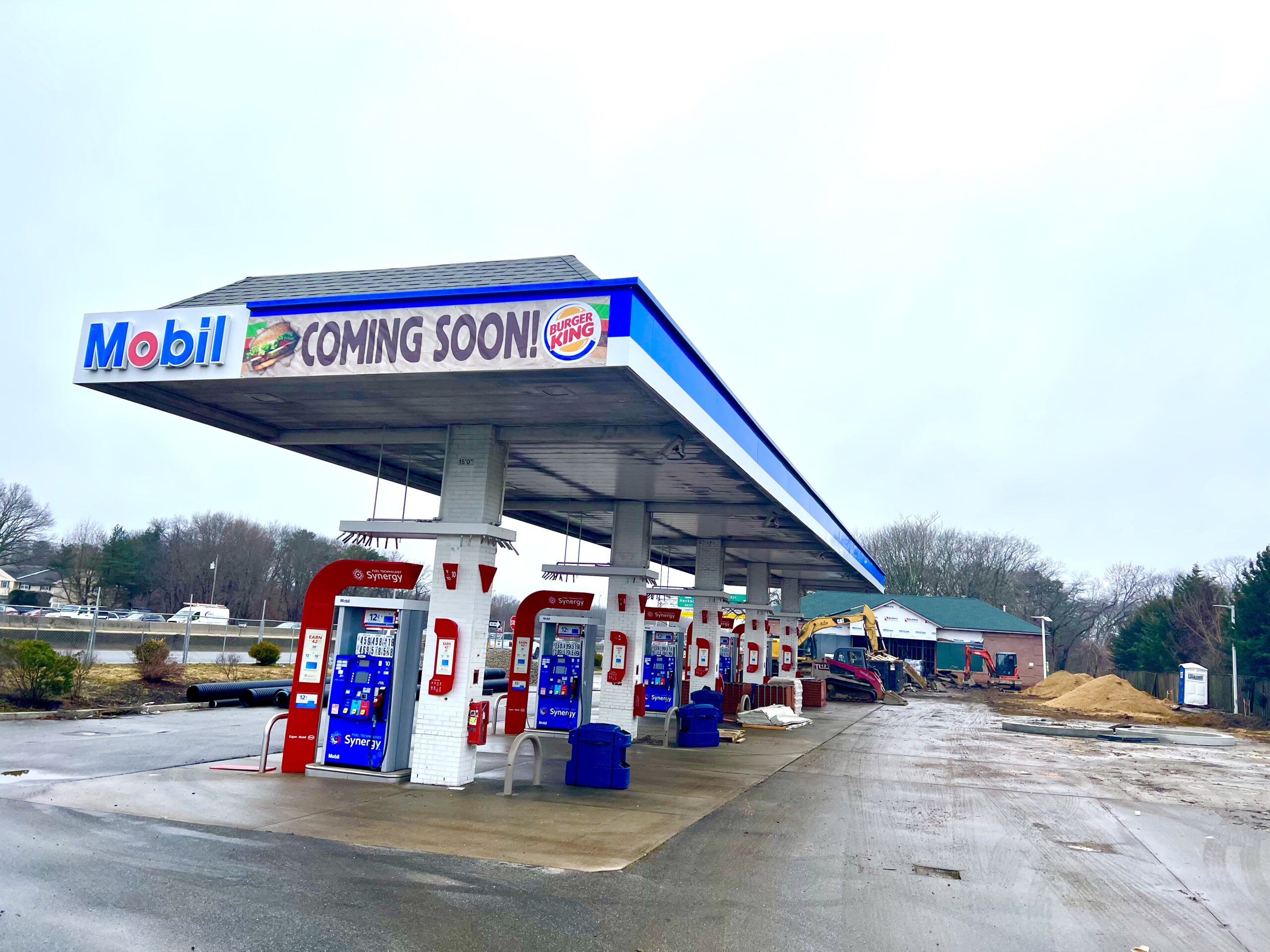
Greater Sayville coverage is funded in part by The Shed, your scratch kitchen for brunch and dinner daily at 21 Main St. in West Sayville.
This Fire Island beach town is now on display in the Big Apple.
Cherry Grove is featured in the New-York Historical Society’s outdoor exhibition “Safe/Haven: Gay Life in 1950s Cherry Grove,” an intimate look at one of the first gay beach towns in the United States.
You can see the photo exhibit in New-York Historical’s rear courtyard through Oct. 11.
“Cherry Grove on Fire Island became a weekend and summer destination for gay men and women in the pre-Stonewall era of the 1950s and 1960s,” said Dr. Louise Mirrer, president and CEO of New-York Historical. “At a time when they faced homophobia and persecution, the residents of Cherry Grove found a sanctuary where they could socialize and express themselves freely. We are proud to partner with the Cherry Grove Archives Collection to display these joyful images.”
“Safe/Haven” explores mid-20th century gay life in Fire Island’s intimate, remote hamlet through almost 70 enlarged photos and other memorabilia provided by the Cherry Grove Archives Collection.
Cherry Grove served as a safe haven for gay men and women to socialize out in the open, both on the beach or on the decks of the Grove summer residencies.
Most people felt a sense of liberation when spending time in the Fire Island town.
Many of the photographs depict scenes of summer theater performances, the dancing nightlife, art shows, beach baseball, an end-of-summer costume ball and other fun events.
The outdoor photo gallery also highlights the creative atmosphere appreciated by cultural figures who rented or visited Cherry Grove, including Tennessee Williams, Christopher Isherwood, Patricia Highsmith and Truman Capote, who wrote parts of the novella Breakfast at Tiffany’s during his stay.
Admission to the exhibition is free and timed-entry tickets can be booked online in advance.
For more information on the exhibition, visit New-York Historical Society’s website.
Top: Men on the Beach, ca. 1950, Cherry Grove Archives Collection, Gift of Paul Jablonski, courtesy of NY Historical Society’s website.
























